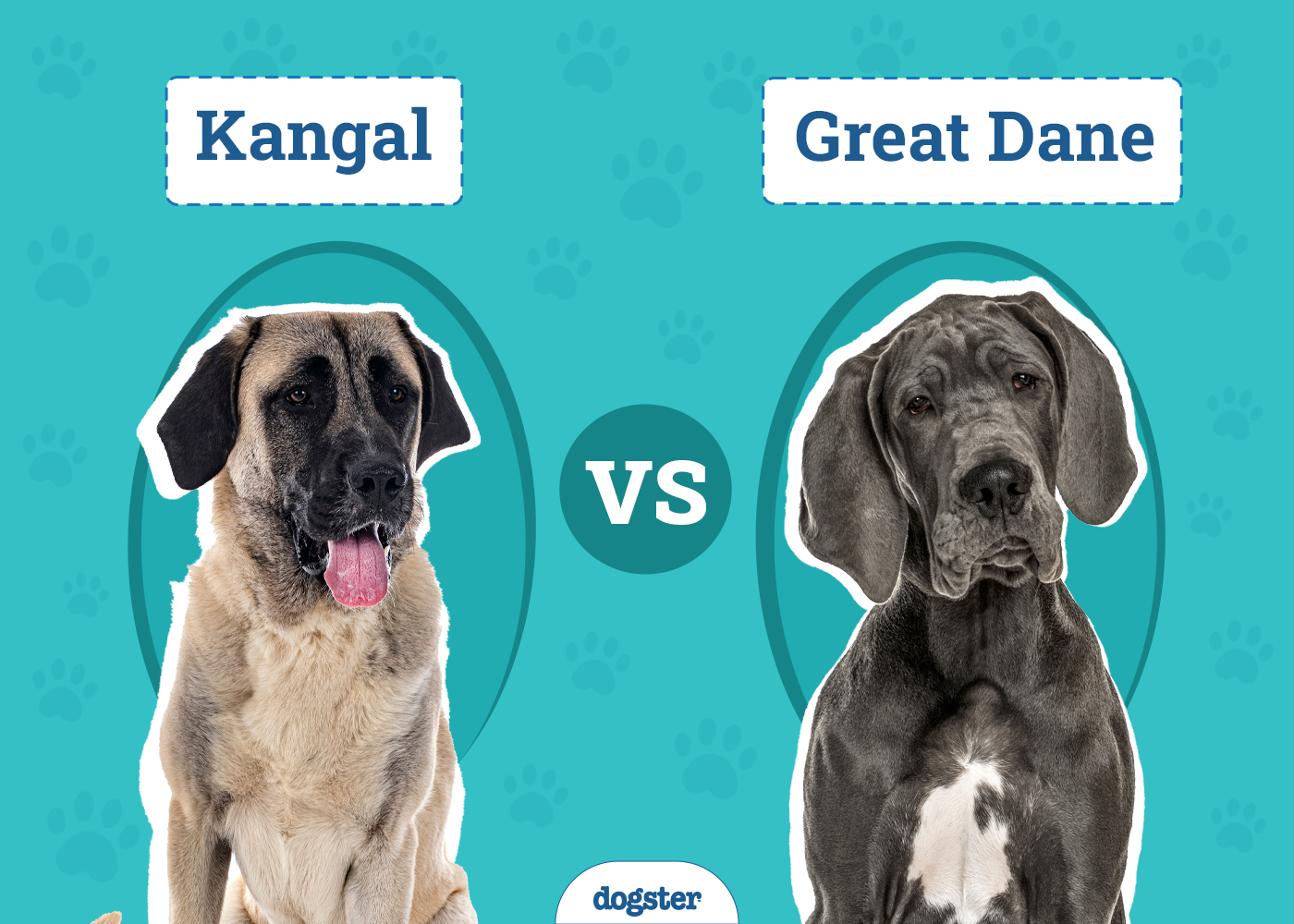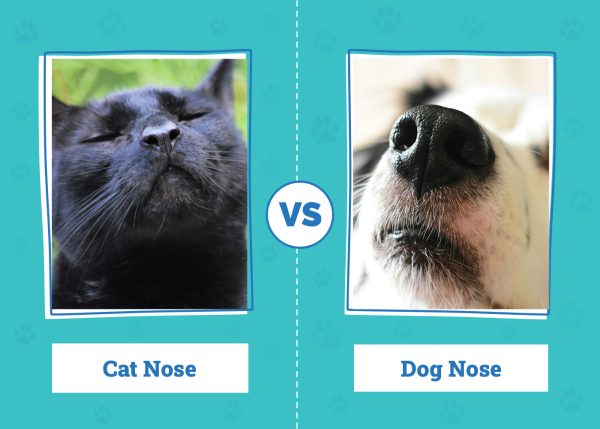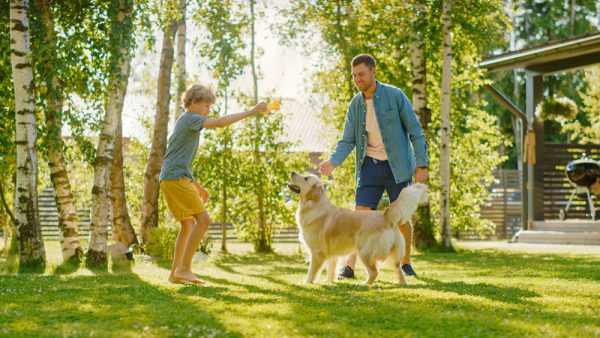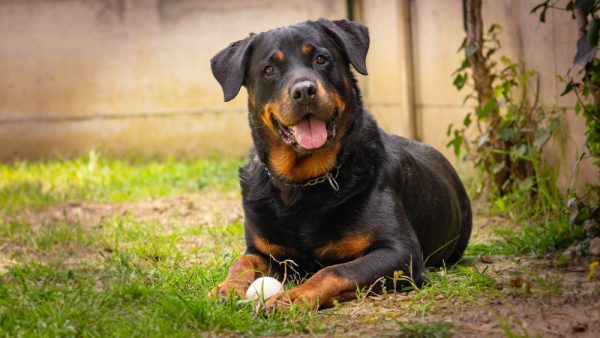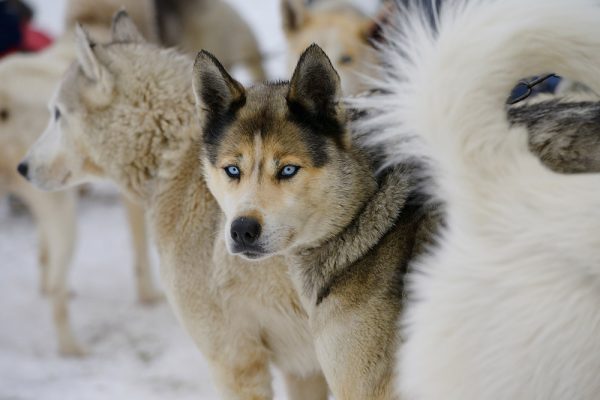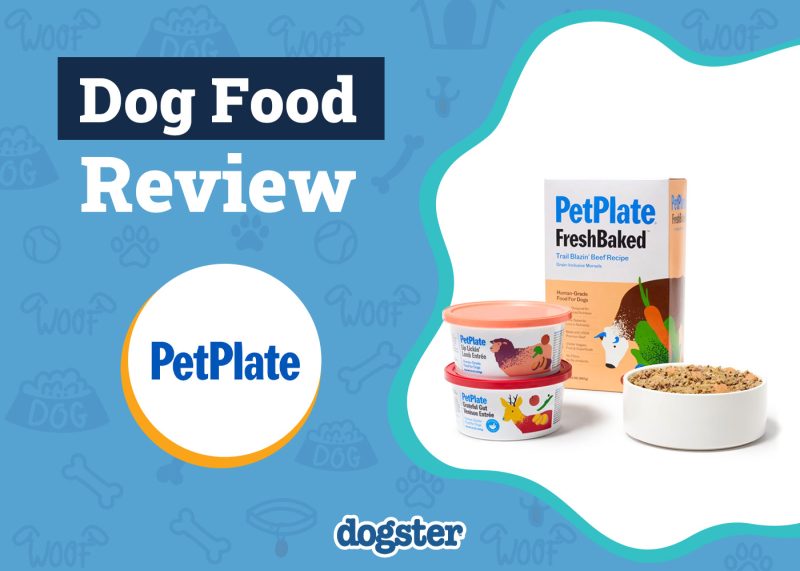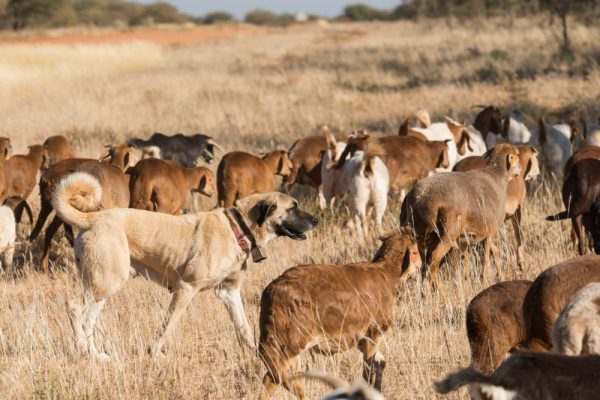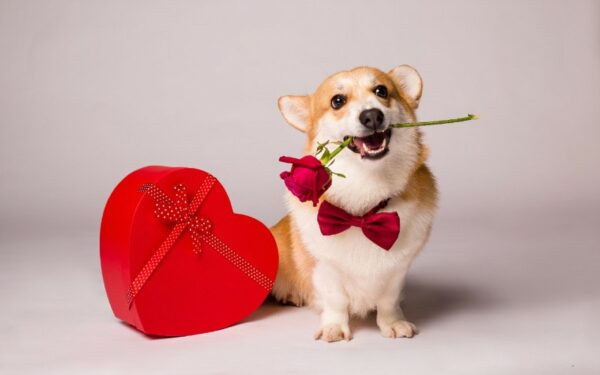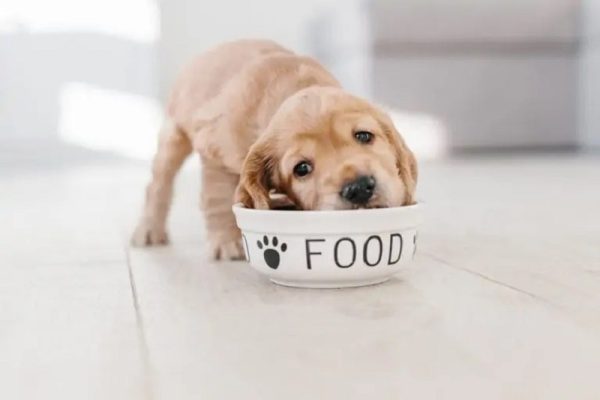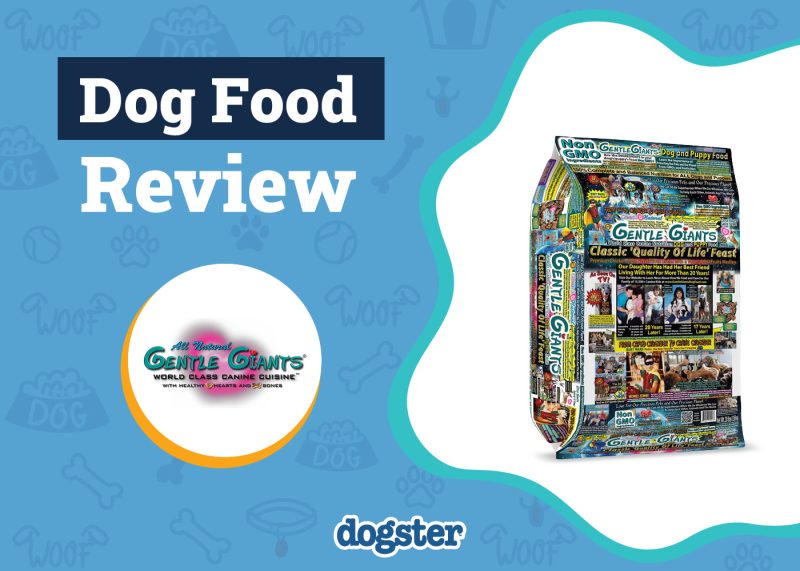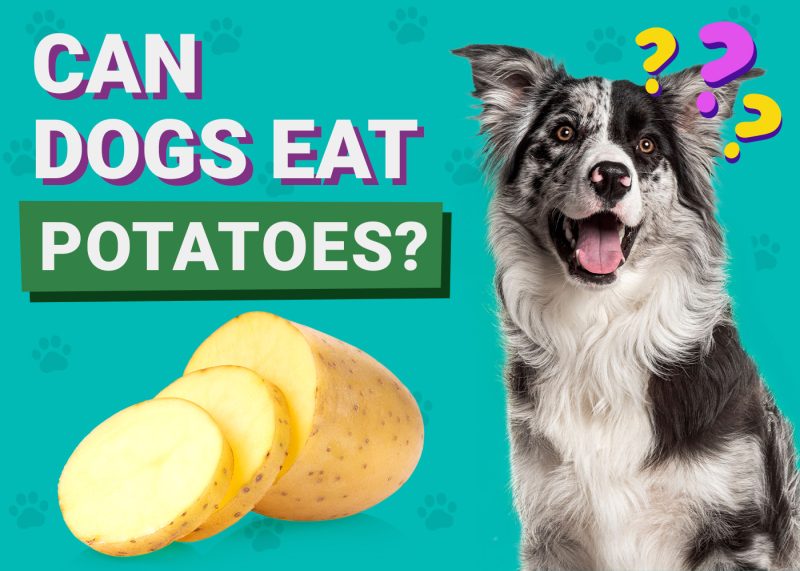In this article
View 3 More +The Kangal and Great Dane dogs are large breeds, and they usually get lumped together into the same category. However, they are two entirely different types of dogs that deserve credibility for their unique attributes rather than just being “big dogs.” Sure, they have a lot of similarities, but they also have differences that are worth noting.
Here is all you should know about the Kangal versus the Great Dane and which you should choose as a pet or farmhand.

Visual Differences
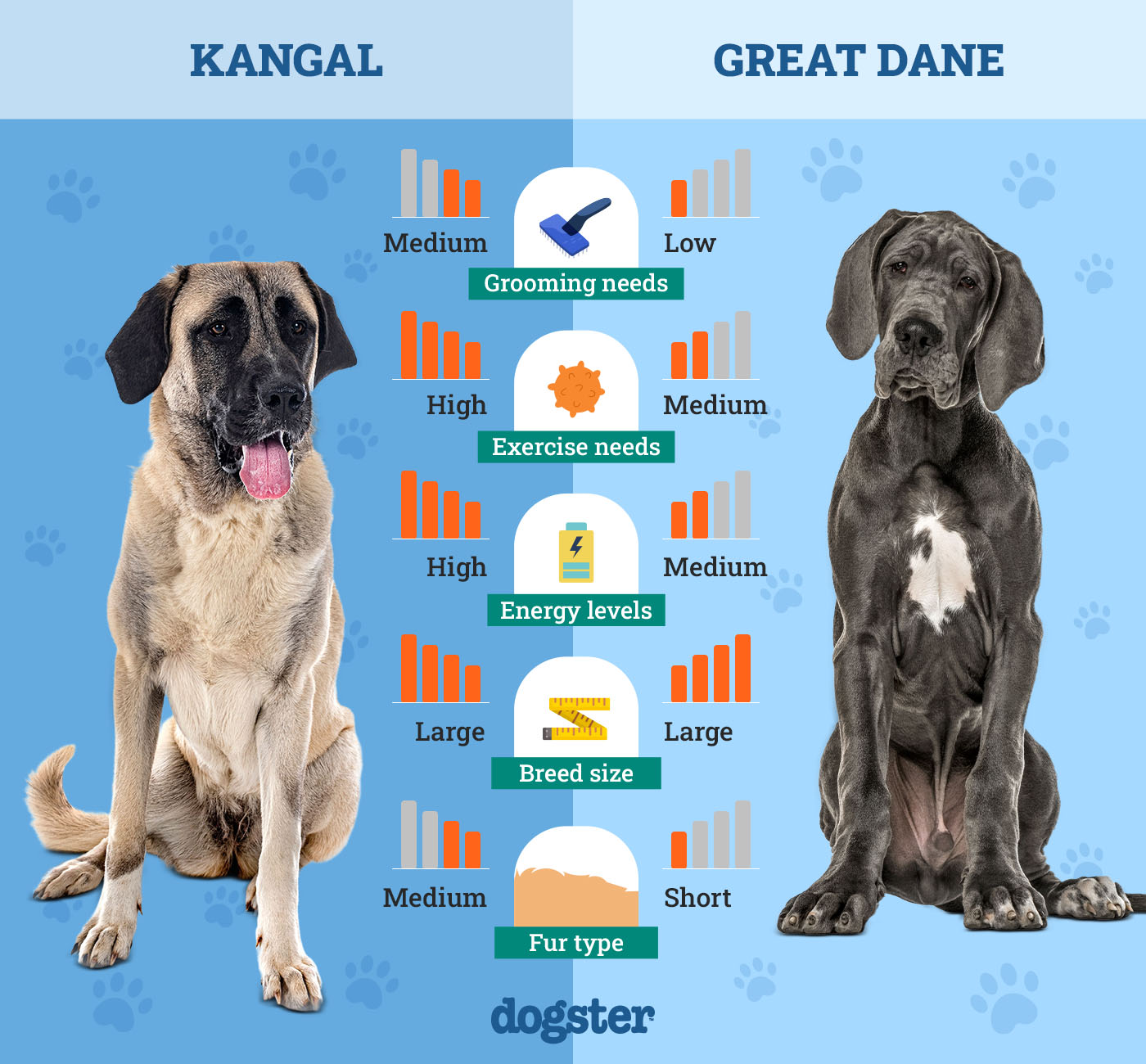
First and foremost, the Great Dane is taller than the average Kangal. They also happen to be less bulky and lankier. Kangals and Great Danes have short coats, but the Kangals’ coats are usually thicker and denser. Therefore, Kangals require more brushing and bathing than Great Danes.
At a Glance
- Average height (adult): 25–31 inches
- Average weight (adult): 90–130 pounds
- Lifespan: 12–15 years
- Exercise: 1+ hours a day
- Grooming needs: Moderate
- Family-friendly: Yes
- Other pet-friendly: Often
- Trainability: Intelligent, Independent, Loyal, Protective
- Average height (adult): 28–35 inches
- Average weight (adult): 99–200 pounds
- Lifespan: 8–10 years
- Exercise: 2+ hours a day
- Grooming needs: Easy
- Family-friendly: Yes
- Other pet-friendly: Often
- Trainability: Friendly, Sociable, Loyal, Eager to Please
Kangal Overview
The Kangal is a large canine with a powerful body suited for guarding livestock against predators. Kangals come from a remote location in Turkey, where they were revered for their guardianship skills. They didn’t encounter many dogs in the country due to the remote location, so they have been kept from crossbreeding and have maintained their tight lineage, ensuring an easy-to-spot physical appearance.
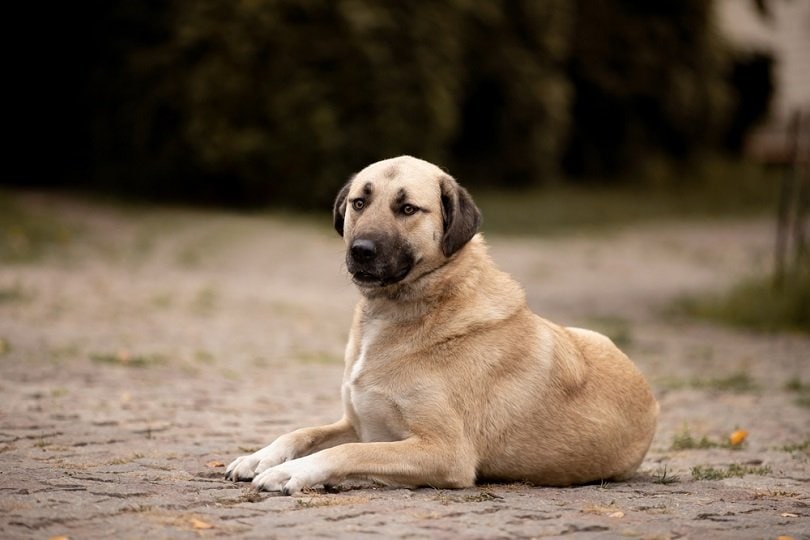
Personality / Character
Kangals may have been bred to protect livestock, but they are also good family dogs. They love their owners and get along well with children. Kangals love to hang out with family members and enjoy spending lots of time outside. They prefer to live in houses with fenced yards so they can be “free” most of the time, and they need discipline and structure to maintain a happy and comfortable quality of life.
Training
Kangals rely on obedience training to understand their place and expected behavior as time goes on. Luckily, they are smart dogs, so they take to training well. Obedience training should begin when they are still puppies and at least 8 weeks old. They can also do well with guarding and protection training.
Grooming
While the Kangal’s coat is short but thick, regular brushing is required. We recommend brushing their fur at least twice a week to prevent matted coats and remove dander, loose hairs, or debris that is lingering. Baths are only required when the Kangal gets dirty, but because they enjoy the outdoors so much, dirtiness comes with the territory of ownership. Therefore, be prepared to bathe your Kangal at least once a month.
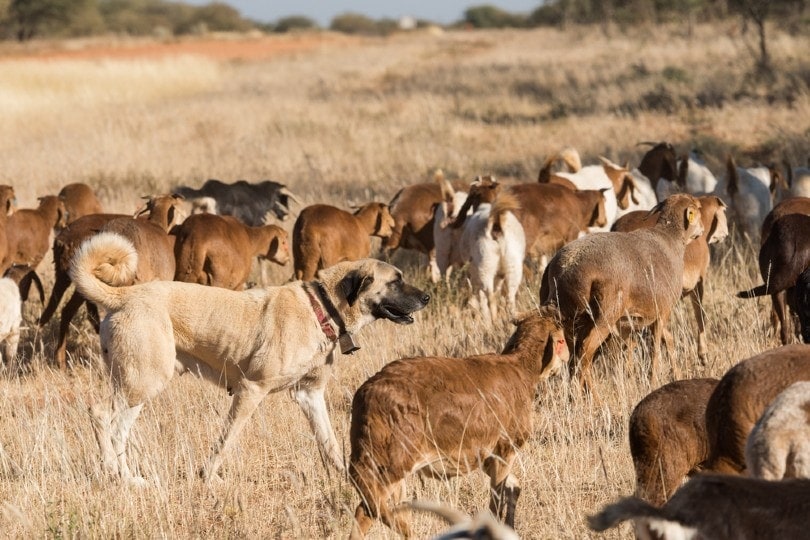
Health Conditions
Although the Kangal is generally a healthy breed, potential owners should be aware of some conditions they’re susceptible to.
- Hip Dysplasia
- Lipomas
- Entropion
Suitable For:
Kangals are most suitable for farm and ranch owners who need a livestock guardian and family companion. They love the great outdoors and prefer to have a job to do rather than just hanging out all day. Active families and singles are best suited as owners for this interesting breed.

Great Dane Overview
The Great Dane is a mighty, stout, lean, agile, and gentle dog. They are also family oriented and loyal. They are originally from Germany, where they evolved to be family pets. These dogs can be big droolers, and they’re prone to getting lazy if left to their own devices.
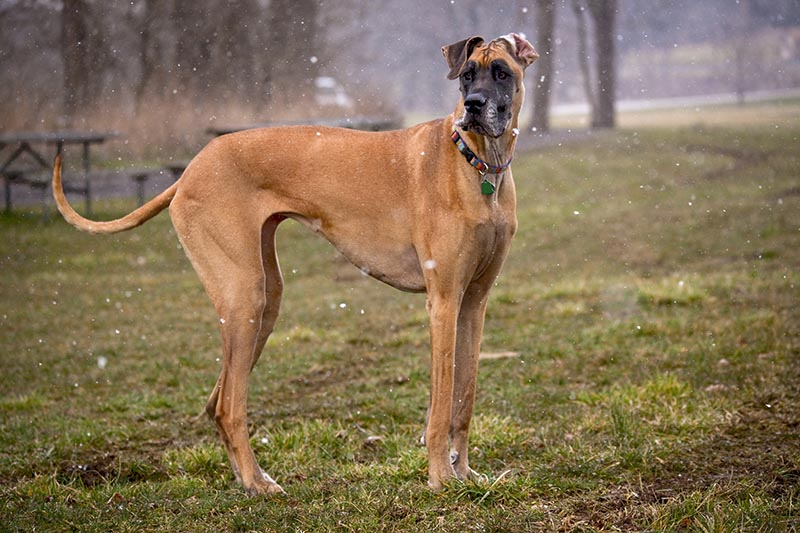
Personality / Character
Great Danes are big snuggle bugs. They love to cuddle up while you watch television or work on your computer. However, they enjoy playing outside, walking, and exploring the world! These eager-to-please dogs are outgoing yet protective when it comes to their human and animal companions at home. They take up lots of space and require daily exercise to stay healthy and happy. Owners should provide at least 2 hours of daily exercise to meet their Great Dane’s needs.
Training
Great Danes are smart like Kangals and take well to training. However, they can get bored easily so training should be exciting and positive for the best results. Great Danes should start obedience training early while they’re puppies. Their eagerness to please usually correlates to a quick training process. Agility and hunting training are other endeavors that the Great Dane excels at.
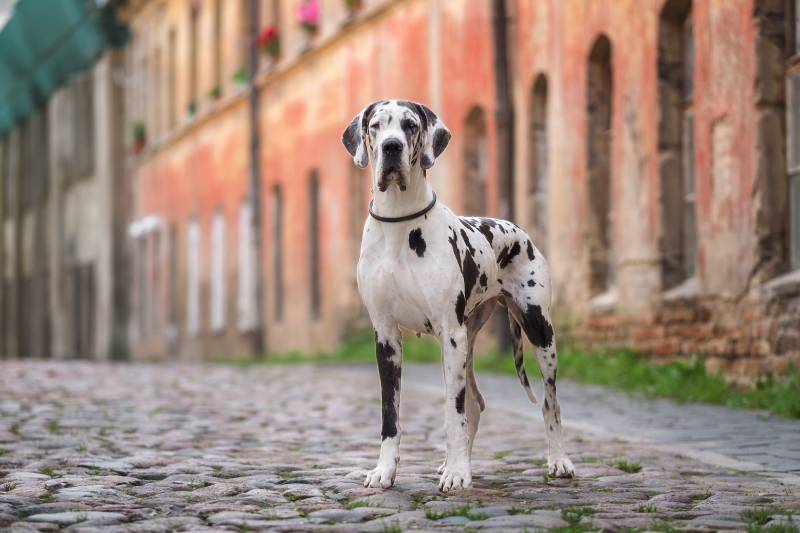
Grooming
Regarding grooming, the Great Dane is generally easy to take care of. Their coat of fur is short and requires only occasional combing or brushing. They are great at self-care, so frequent bathing usually isn’t required. However, they need regular tooth brushing and monthly nail trimming to stay healthy.
Health Conditions
Like Kangals, Great Danes are usually healthy dogs. There are a handful of conditions to be aware of that could creep up at any time, even if the chance of such conditions developing is small.
- Ear Infections
- Bloat
- Wobbler Syndrome
- Hip Dysplasia
- Dilated Cardiomyopathy
Suitable for:
The Great Dane is suitable for most owners. While they require daily exercise, they are generally gentle, loyal, and protective dogs that get along with people of all ages, including toddlers and seniors. Although they love children, they must be supervised when interacting with them due to their large size.

Which Breed Is Right for You?
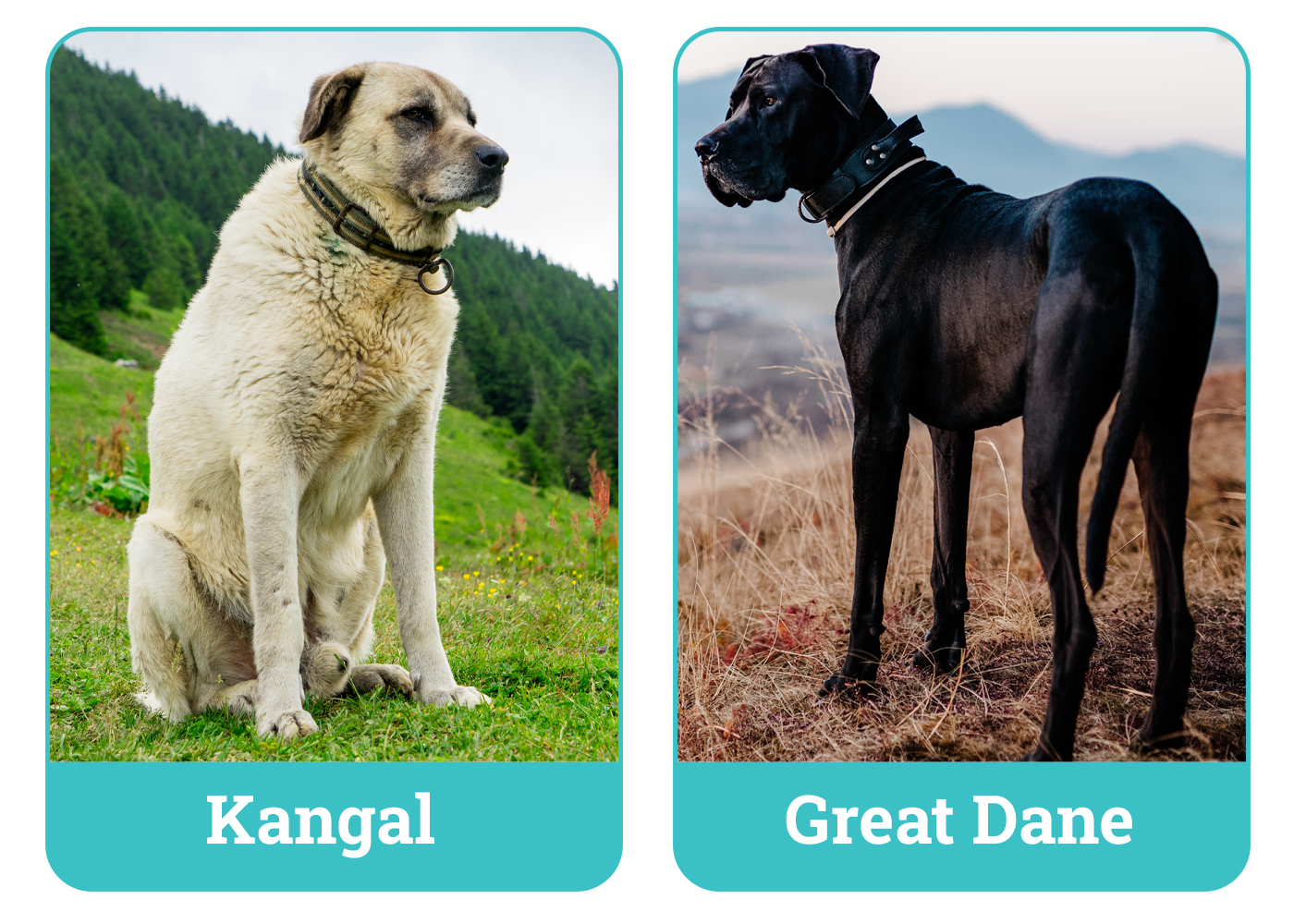
Nobody, including the professionals, can tell you which breed of dog is the best suited to your household and lifestyle but you. Professionals and veterinarians can offer recommendations, but the ultimate decision comes down to your personal preferences and expectations. Be honest with yourself about what you can handle and what you can offer to determine whether a Kangal or Great Dane would be ideal for your home.
You might also want to check out:
- Great Dane vs Rottweiler – Which Should I Choose?
- Cane Corso vs Kangal: The Differences (With Pictures)
Featured Image Credit By: Top – Marry Kolesnik, Shutterstock | Bottom – BIGANDT.COM, Shutterstock
